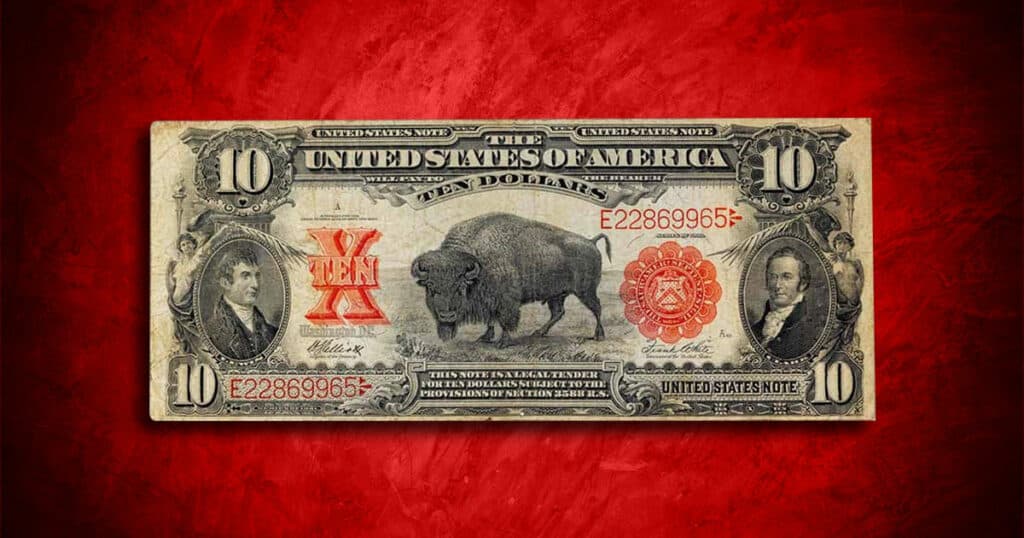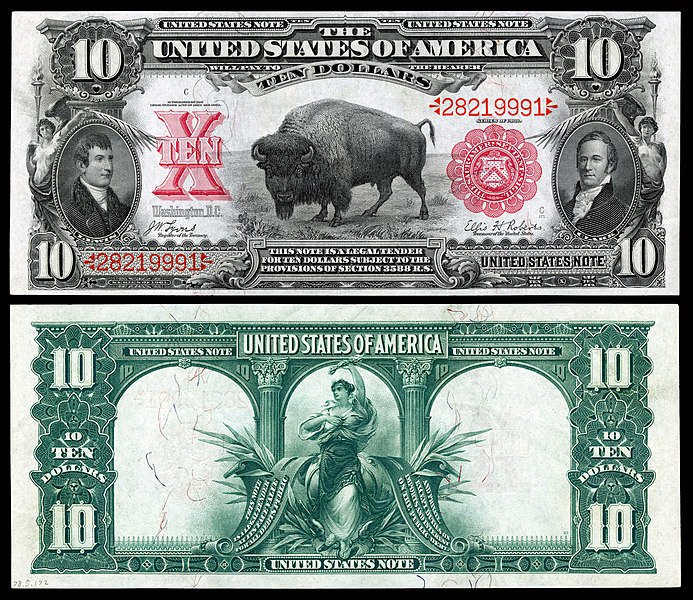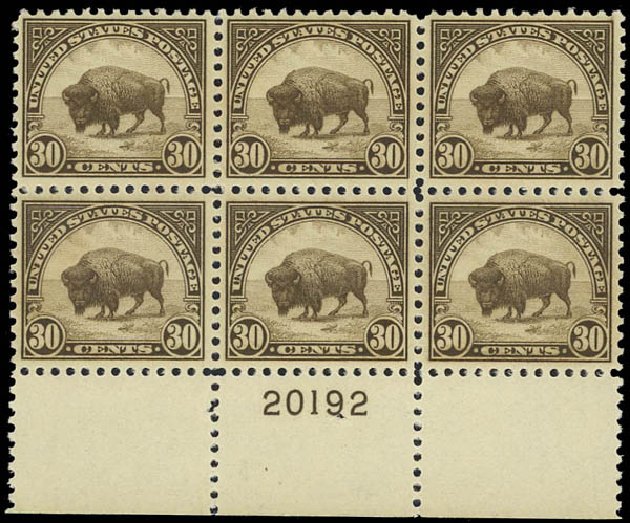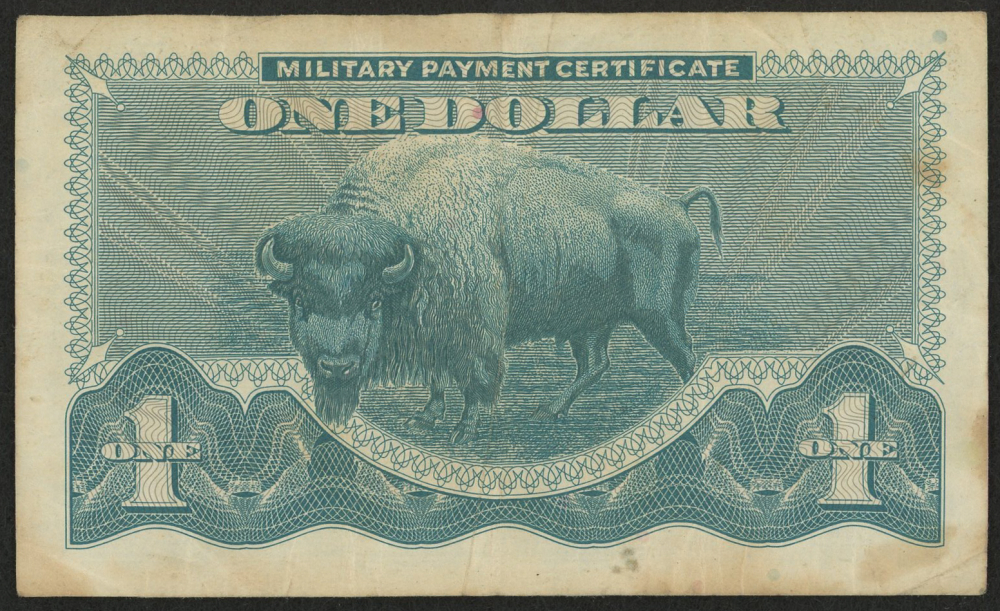
The year was 1901: the United States had just entered the 20th Century. There were 45 states in the Union, and William McKinley was President. However, McKinley would not survive the year because of an assassin’s bullet. The average American male’s annual salary was $450 per year.
The United States had been issuing large-size paper money since 1861, and 40 years later, one of the most beautiful notes ever designed was being printed at the Treasury Department by the Bureau of Engraving and Printing (BEP).
One type of currency printed by the BEP was Legal Tender notes. First printed in 1861, these notes were not backed by gold or silver but by the “full faith and credit of the United States government.” The government demanded that these notes be accepted as payment for all debts, public or private. At the turn of the 20th Century, BEP engravers had raised their engraving skills to an art form.
It had been very popular to place the images of important but deceased American heroes on our currency. In 1904, we were going to celebrate the travels of two very famous American explorers—Captain Meriwether Lewis and Lieutenant William Clark. Debate raged in the BEP over whether to issue a note with only their images on it or whether there should be some other symbolism on the note.

Lewis and Clark explored the lands from St. Louis west to the Pacific Ocean and back again. They opened “the West” and traveled through unexplored territory and land where only Native Americans had dared to tread. This “Corps of Discovery” was very important, but the symbolism of the opening of the American West was also important.
To that end, the BEP engravers decided to take a universally recognized symbol of the American West and let it play the dominant image in the 1901 Issue of the new Legal Tender Note. It was agreed that an American Bison would be the central vignette of the note.
The engravers needed images of American Bison for their preliminary models, but being in Washington, DC, no wild Bison were nearby for them to study. However, a stuffed American Bison was on full display at the Smithsonian Institution in Washington. That animal had been killed in the Montana Territory back in 1886, and taxidermists restored the animal to resemble its life-like majesty. Once the specimen was discovered, it was determined that it would make a handsome exhibit in our National Collection.
The engravers used the American Bison as the main theme, but they placed oval portraits of Lewis and Clark on each side of the Bison. For the back of the note, they chose an allegorical representation of “Columbia.” Columbia is usually displayed as wearing an American flag gown, a Roman-style toga, and a Phrygian Cap. The Phrygian cap is a soft cap, usually red in color, often adorning the top of a pole, and it symbolizes freedom and the pursuit of liberty.

One popular misconception about this note is that the Bison is actually “Black Diamond,” the Bison featured on James Earle Fraser’s “Buffalo Nickel.” That is not true, as Fraser’s animal was alive and living in the Bronx Zoo in 1913.
The engravers did a spectacular job of creating an image of the “Giant of the Plains,” as American Bison were known. The same Bison image was duplicated on a 30-cent postage stamp of 1923 and on a Military Payment Certificate used during the Vietnam War era.


This $10 note, while representing more than one week’s pay for the average American, was still very popular with the public due to the Bison image, just as the Buffalo Nickel would be popular a dozen years later. The popularity stems from the truly iconic American images. The notes, all dated 1901, were still being printed in the early 1920s due to the signature combinations used on the notes.




